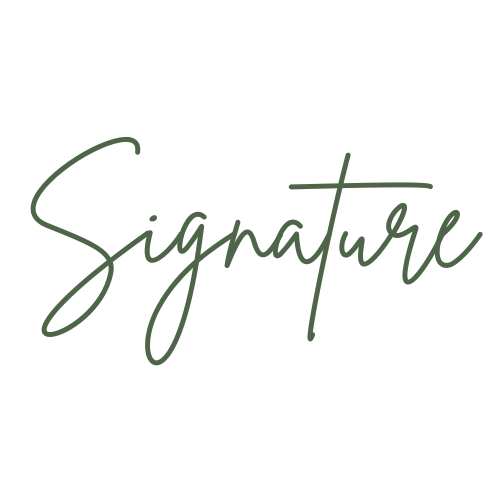Can AI Really Authenticate Art? The Challenges and Future of AI in Detecting Forgeries
In recent years, art authentication has become a battleground where technology meets tradition. As AI-powered tools make headlines for their ability to detect forgeries, some collectors and investors wonder: Can artificial intelligence replace human experts in authenticating fine art?
The answer? Not quite—at least not yet.
While AI has shown promise in identifying suspicious artworks, its effectiveness is still limited by one massive hurdle: data. Unlike other industries where AI thrives on vast datasets (think facial recognition or self-driving cars), the art world is fragmented. Paintings, sculptures, and drawings are scattered across private collections, museums, and auction houses—many behind closed doors, out of reach of AI developers.
Let’s explore why AI still struggles with art authentication and why traditional stylistic analysis, provenance research, and scientific testing remain the gold standard.
AI Art Authentication: What’s the Hype?
AI-driven authentication systems have started making waves in the industry. Companies like Art Recognition use machine learning algorithms to analyze brushstrokes, color patterns, and composition, comparing them against known works by the same artist. The goal? To detect subtle inconsistencies that may indicate a forgery.
One of the biggest tests of AI authentication came in 2021 when Art Recognition challenged the attribution of a painting said to be by Peter Paul Rubens. The AI flagged inconsistencies, leading to a heated debate among experts. Recently, Germann Auctions in Zurich became the first auction house to officially sell a painting authenticated by AI—a move that sparked curiosity and controversy in the art world.
So, if AI is already making an impact, why isn’t it the go-to solution?
The Data Problem: Why AI Can’t Work Alone
AI relies on big data—millions of high-quality images—to learn patterns and distinguish between authentic artworks and forgeries. But in the art world, gathering that data is easier said than done.
Museums and Private Collectors Guard Their Artworks
Many of the world’s most valuable artworks are locked away in private collections or institutions that don’t share ultra-high-resolution images for public use. Without access to these works, AI models are left guessing.
Copyright and Ownership Issues
Reproducing high-resolution images of artworks isn’t always legal. Some foundations and artist estates (like the Picasso Administration) tightly control access to their archives. AI can’t learn from works it can’t "see."
AI Struggles with Variability
Even when AI does have access to an artist’s known works, variations in style, age, and materials can throw it off. Many artists evolve their techniques over time, and legitimate restorations or past conservation efforts can create inconsistencies AI might misinterpret as signs of forgery.
Forgeries Are Getting Smarter
High-end forgers don’t just create sloppy copies; they study historical pigments, canvas aging, and even brushstroke pressure to make convincing fakes. AI, trained on digital scans, often lacks the depth to analyze these physical attributes—which is where human expertise remains irreplaceable.
The Traditional Methods Still Reign Supreme
Until AI can overcome these data limitations, traditional art authentication methods remain the most reliable way to verify an artwork’s legitimacy.
Stylistic Analysis – Trained experts examine an artwork’s composition, brushstrokes, and materials, comparing them to the artist’s known works.
Provenance Research – Tracking an artwork’s ownership history can confirm its legitimacy. Missing or suspicious records? Red flag.
Scientific Testing – Carbon dating, infrared imaging, and pigment analysis offer hard, scientific proof that an artwork belongs to a certain period.
Together, these methods build a rock-solid case for an artwork’s authenticity—something AI, for now, can only assist with rather than replace.
The Future: AI as a Tool, Not a Replacement
Despite its limitations, AI does have a future in art authentication—just not as the ultimate decision-maker. Instead, it can act as a powerful assistant for experts, helping detect early warning signs of forgeries and flagging pieces that require further investigation.
Imagine an AI tool that could scan thousands of auction listings, identifying potential fakes before they hit the market. Or a database that cross-references millions of artworks in seconds, speeding up provenance research. These applications could make authentication faster and more efficient, but human expertise will always be needed for final verification.
At Signature, we already utilize AI language models in our stylistic analysis, helping us identify patterns, inconsistencies, and areas for further investigation that might otherwise go unnoticed. However, AI is not yet capable of independently determining authenticity—it still requires human expertise to interpret findings, contextualize results, and ensure accuracy. AI can flag details, but a trained connoisseur’s eye remains essential.
Final Thoughts: AI’s Role in Art Authentication
AI is making exciting strides in the world of fine art authentication, but for now, it’s not a replacement for traditional methods. The lack of accessible data, the nuanced nature of art, and the sophistication of modern forgeries make human expertise irreplaceable.
However, with continued advancements, AI may one day become a key ally in detecting fakes and assisting authenticators worldwide. Until then, provenance research, scientific testing, and expert connoisseurship remain the most trusted solutions for ensuring an artwork’s authenticity.
Have a piece you need authenticated? At Signature, we specialize in art authentication services that combine traditional expertise with modern technology. Our team of art historians, forensic experts, and researchers ensures that your artwork is accurately authenticated—without relying on AI shortcuts.
Contact us today.
